That is one of the contents in Decision No. 2530 of the Prime Minister approving the National Action Plan on pollution remediation and air quality management for the 2026-2030 period.
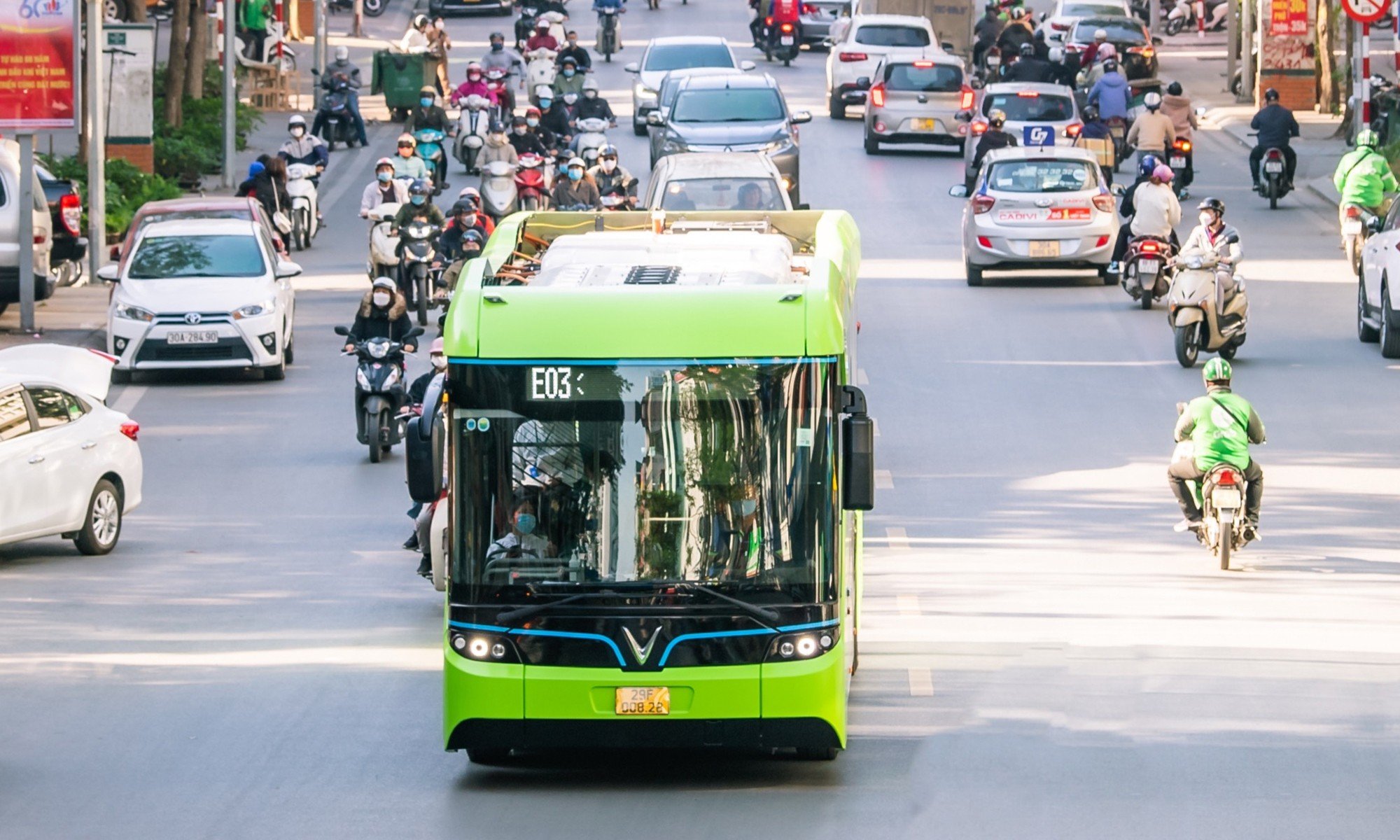
In this Plan, the Prime Minister sets the goal for the 2026-2030 period to control, prevent and gradually overcome and improve air pollution in key economic areas, focusing on solving air pollution in Hanoi, Ho Chi Minh City and neighboring provinces, enhancing the capacity to prevent and control air quality nationwide, contributing to protecting public health, building a green economy and sustainable growth.
The goal by 2030 is that air quality nationwide will be gradually controlled and improved.
Specifically, in Hanoi, the average annual PM2.5 dust concentration in 2030 will reach below 40 µg/m³ (down 20% compared to the average level in 2024) at measuring points of national air quality monitoring stations; other air quality parameters will be maintained, ensuring compliance with national technical regulations on the environment. The percentage of days in the year with the air quality index (VN_AQI) at good and average levels will reach at least 80%.
For provinces surrounding Hanoi (including Thai Nguyen, Phu Tho, Bac Ninh, Hung Yen, Hai Phong, Ninh Binh), the average annual PM2.5 dust concentration in 2030 will decrease by at least 10% compared to the average level in 2024.
For Ho Chi Minh City and other cities nationwide, the VN_AQI index is better year after year.
The plan requires that 100% of major emission sources in production types with high risk of causing air pollution: cement, thermal power, steel smelting, boilers... nationwide be strictly managed and controlled and gradually have a roadmap to reduce emissions; 100% of vehicles participating in road traffic (including: cars, motorbikes, and scooters) are managed and controlled for emissions according to the roadmap to apply national technical standards and regulations on emissions of vehicles participating in road traffic.
In addition, the urban transport infrastructure system is synchronously completed, meeting the orientation of gradually increasing the rate of green transport and public transport; the public transport system is invested, upgraded, and converted to using clean, green, and environmentally friendly energy.
" For Hanoi and Ho Chi Minh City, by 2030, 100% of public transport will use clean, green, and environmentally friendly energy. Hanoi and Ho Chi Minh City also need to issue and implement policies to encourage and support freight and passenger transport vehicles in the form of technology vehicles (shippers) to be supported to switch to using clean, green, and environmentally friendly energy ," the Plan clearly stated.
Stop illegal open burning of waste
The plan approved by the Prime Minister also stated that the sanitation of public areas is enhanced, the situation of sand, dust, and garbage accumulation along traffic routes and public areas is thoroughly handled; the green tree system is supplemented and completed in a multi-layered direction, creating urban landscape and reducing dust emission; the ratio of green trees, water surfaces, and parks in urban areas must ensure approved regulations and planning.
100% of construction sites are strictly managed; environmental protection measures, covering and vehicle washing at construction sites are strictly implemented, ensuring compliance with regulations; 100% of waste generated from construction activities is strictly managed according to regulations.
At the same time, put an end to illegal open burning of garbage and agricultural by-products; strive for 100% of by-products from crop production in the fields (straw, stubble, etc.) to be reused and recycled by appropriate measures; 100% of spiritual and religious establishments have solutions to reduce dust and emissions from burning votive paper.
Notably, the Prime Minister set a target of having 1,200 green construction projects nationwide by 2030. Of these, Hanoi will have at least 200 projects and Ho Chi Minh City will have at least 500 projects.
Investing in, upgrading, perfecting infrastructure and applying science, technology, artificial intelligence, and digital transformation in monitoring, supervision, forecasting, and warning about emission sources and air quality.
At the same time, it is necessary to form and put into operation the "National Air Pollution Warning, Forecasting and Control System" to carry out inter-sectoral coordination, direction, coordination, monitoring, forecasting of air quality and warning of risks to implement actions to respond to serious air pollution.
After 2030, the Plan requires the concentration of PM2.5 fine dust in Hanoi to decrease by an average of 5 µg/m³ in each 5-year planning period, with the goal that by 2045, the concentration of PM2.5 dust will reach the national technical standards on ambient air quality. Air quality in Hanoi and other provinces and cities across the country will be maintained at a good level.
Establishment of National Steering Committee on air pollution remediation
To realize the goal, the Plan offers a series of solutions.
In particular, ministries, branches and localities need to control and minimize sources of emissions from industrial activities; manage emissions from traffic activities, strengthen the public transport system and convert to green, environmentally friendly transport; manage construction activities, enhance sanitation in public areas and concentrated residential areas, build smart urban landscapes and contribute to improving air quality.
At the same time, strictly control open burning activities (burning agricultural by-products, domestic waste and burning activities in craft villages); build monitoring, warning and forecasting capacity to control emissions and operate the National Air Pollution Warning, Forecasting and Control System; inspect, check, supervise and handle violations; enhance the effectiveness of international cooperation, information and communication activities.
The plan also proposes the establishment of a National Steering Committee on Air Pollution Remediation to help the Prime Minister research, direct, and coordinate the resolution of important, inter-sectoral tasks to manage air quality, and first of all, to solve the air pollution problem in the capital region.
Source: https://baolangson.vn/by-2030-100-public-transport-means-of-energy-in-ha-noi-tp-hcm-using-clean-energy-5065620.html












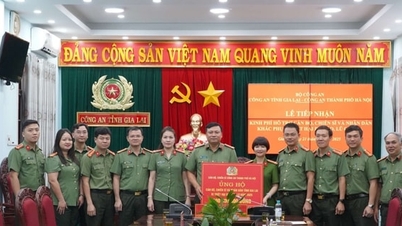











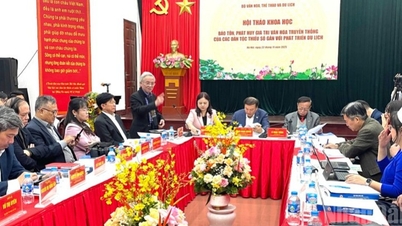
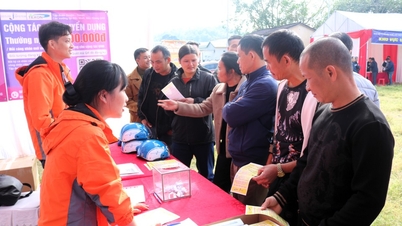
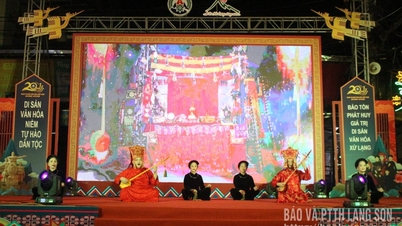
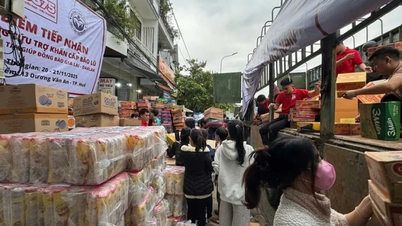
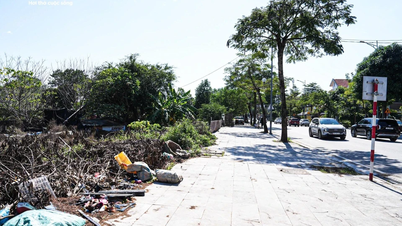
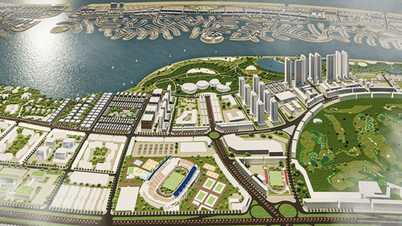







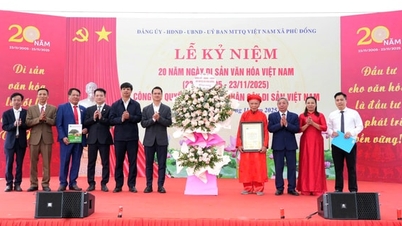





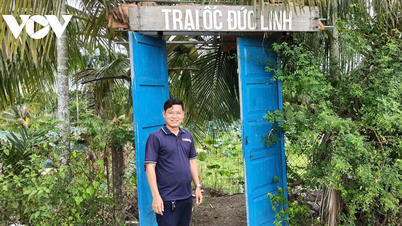







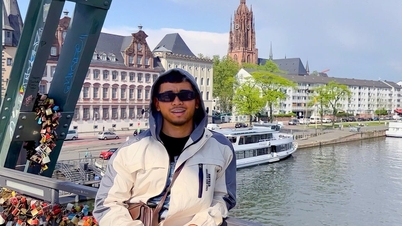
























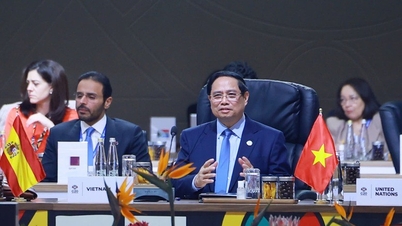








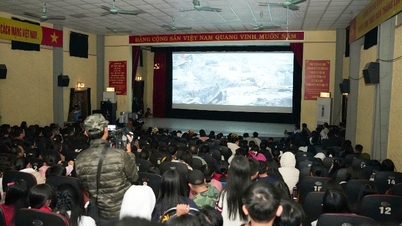


















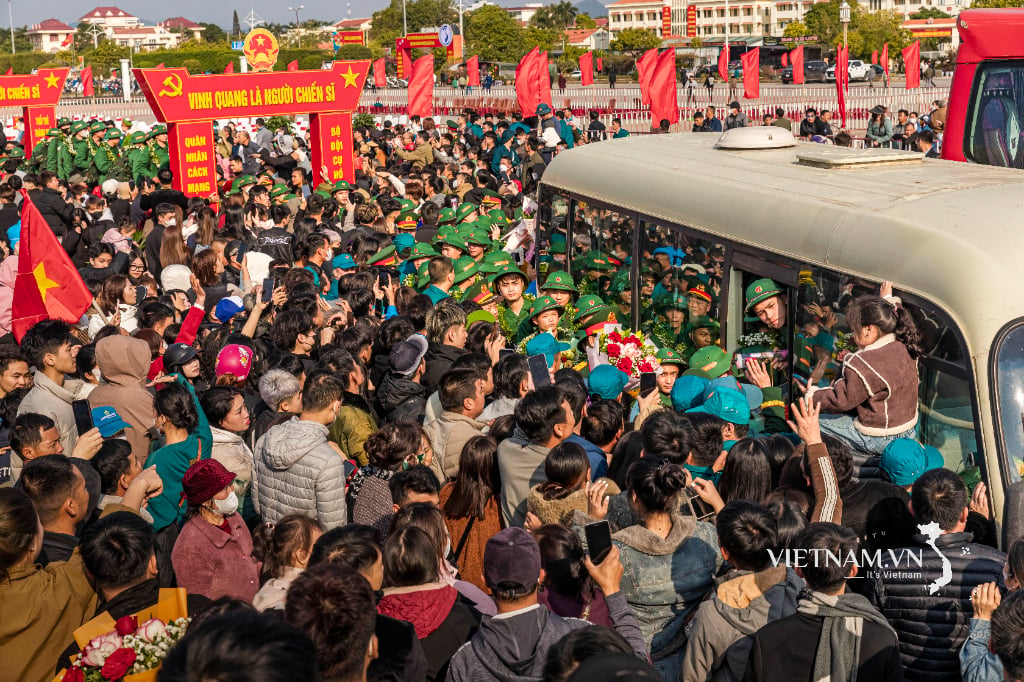


Comment (0)